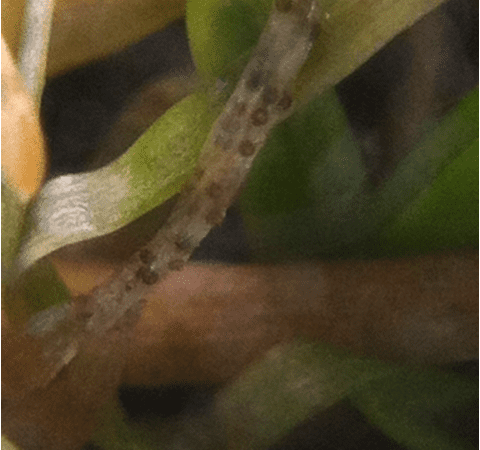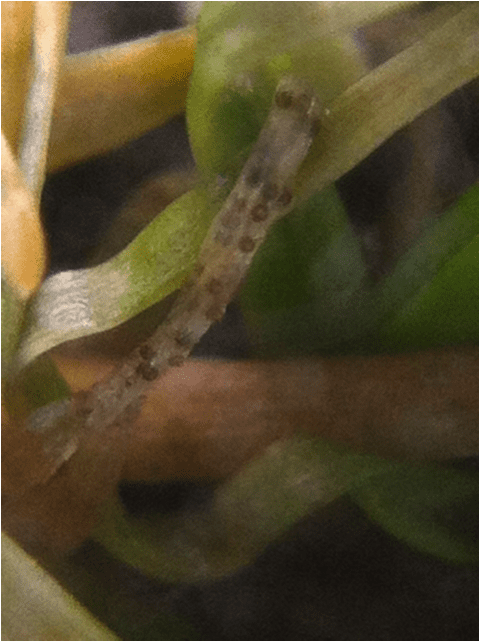Anthracnose On Putting Greens

The rainy, wet weather we have been experiencing over the last several weeks has caused a plethora of problems for everyone in the golf industry. It’s been a challenge to complete routine mowing tasks and general course maintenance. Fortunately, the temperatures have been cool, which has kept disease pressure at manageable levels. The saturated conditions have, however, placed additional physiological stresses on putting green turf, which has encouraged the development of anthracnose.
Foliar anthracnose symptoms typically include a yellowing of leaf tissue, which forms an irregular pattern in the affected areas. Annual bluegrass (Poa annua) and creeping bentgrass can both be affected from foliar anthracnose, however, annual bluegrass is much more susceptible and will often show symptoms, while adjacent creeping bentgrass remains healthy. Anthracnose may progress into the basil rot stage, which effects the crowns and causes thinning of the turf. Basil rot anthracnose symptoms include a darkening of the crown and collapse of the plant. The pathogen produces dark, disk-shaped structures called acervuli that contain fungal spores. Acervuli can be seen with a magnifying glass on infected tissue. Management of anthracnose can be difficult and requires a two pronged approach.
Cultural management should include practices that reduce the physiological stress of the turfgrass:
- Raise mowing height and use solid rollers.
- Reduce mowing frequency and roll to maintain smooth putting surface.
- Use plant growth regulators to maintain putting speed.
- Avoid mowing when the turf is under stress or soft from excess rainfall.
- Apply frequent applications of foliar nitrogen to maintain growth. Our Foliar-Pak 11-0-11 and 14-2-4 contain L-Amino Acids that will help the plant maintain proper metabolic functions.
- Syringe in the afternoon to keep the surface cool. Irrigate to maintain a consistent moisture level.
- Complete annual core aeration, ideally both in spring and fall, followed by topdressing (filling the holes as much as possible). Avoid doing this when the turf is under stress.
- During the summer months, use solid tines to help with air and water movement through the soil profile. Follow this by light topdressing, which is watered in to avoid the stress caused by brushing.
- Avoid aggressive grooming practices such as brushing and verticutting.
Chemical management should be preventative and started several weeks before the expected onset of the disease. A proper rotation of chemical families is necessary to prevent resistant biotypes from developing. Fungicides that are labeled for anthracnose include :
- Chlorothalonil (ArmorTech CLT 720 and ArmorTech CLT 825)
- Strobilurin Fungicides (Disarm, Insignia, and ArmorTech Zoxy)
- Thiophanate Methyl (ArmorTech TM 462)
- DMI Fungicides (ArmorTech PPZ 143, ArmorTech TEB 360, ArmorTech Myclo 20 EW, Tourney, and Trinity)
- Polyoxin D (Affirm)
Proper placement of fungicides is important. Spray volumes for contact and local penetrant fungicides (Chlorothalonil, Affirm, and Insignia) should be 1.5 to 2 gallons per 1000 sq. ft. Ensure that the plant is completely covered. Upwardly moving systemic fungicides (DMI’s, ArmorTech Zoxy, Disarm, and Thiophanate Methyl) should have a spray volume of 4 to 5 gallons per 1000 sq. ft. to place the fungicide at the base of the plant. It’s important to remember that fungicides are not always completely effective alone. Use your best cultural practices to maintain turfgrass health. Remember, always read labels!
 |
| Acervuli on leaf |
 |
| Foliar anthracnose on annual bluegrass |
Steve Honeycutt
ATS Sales Representative







